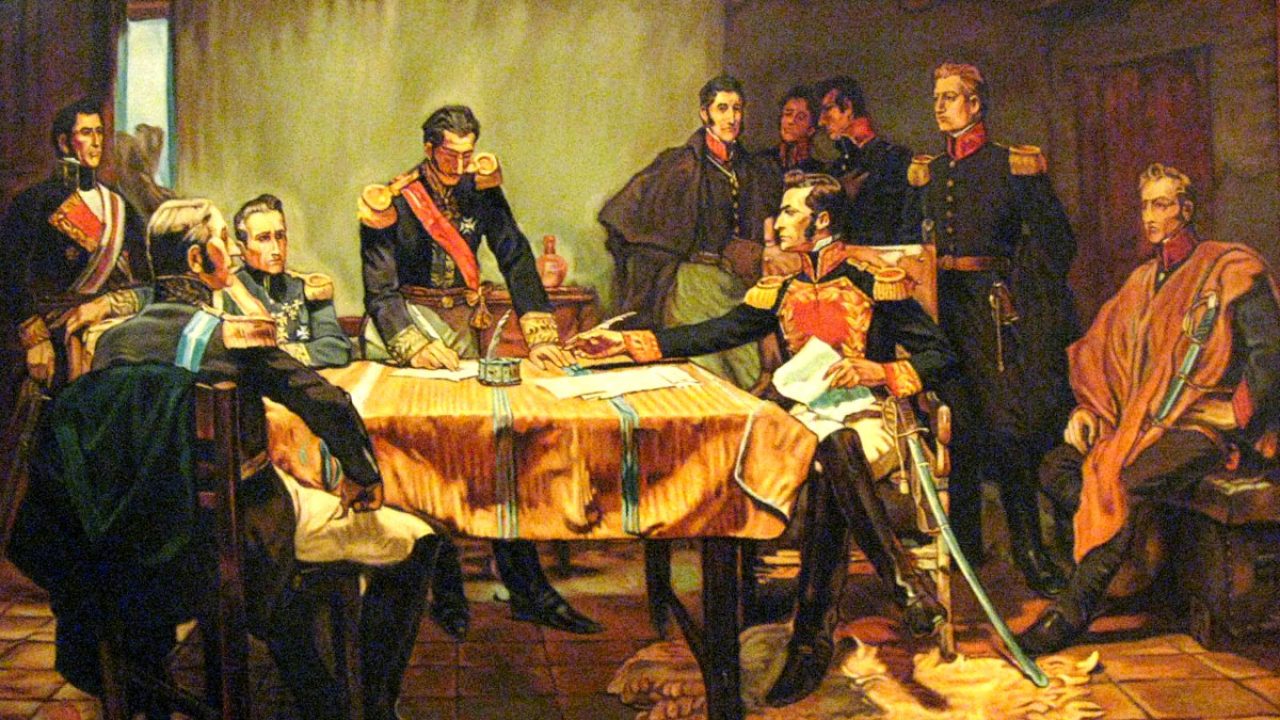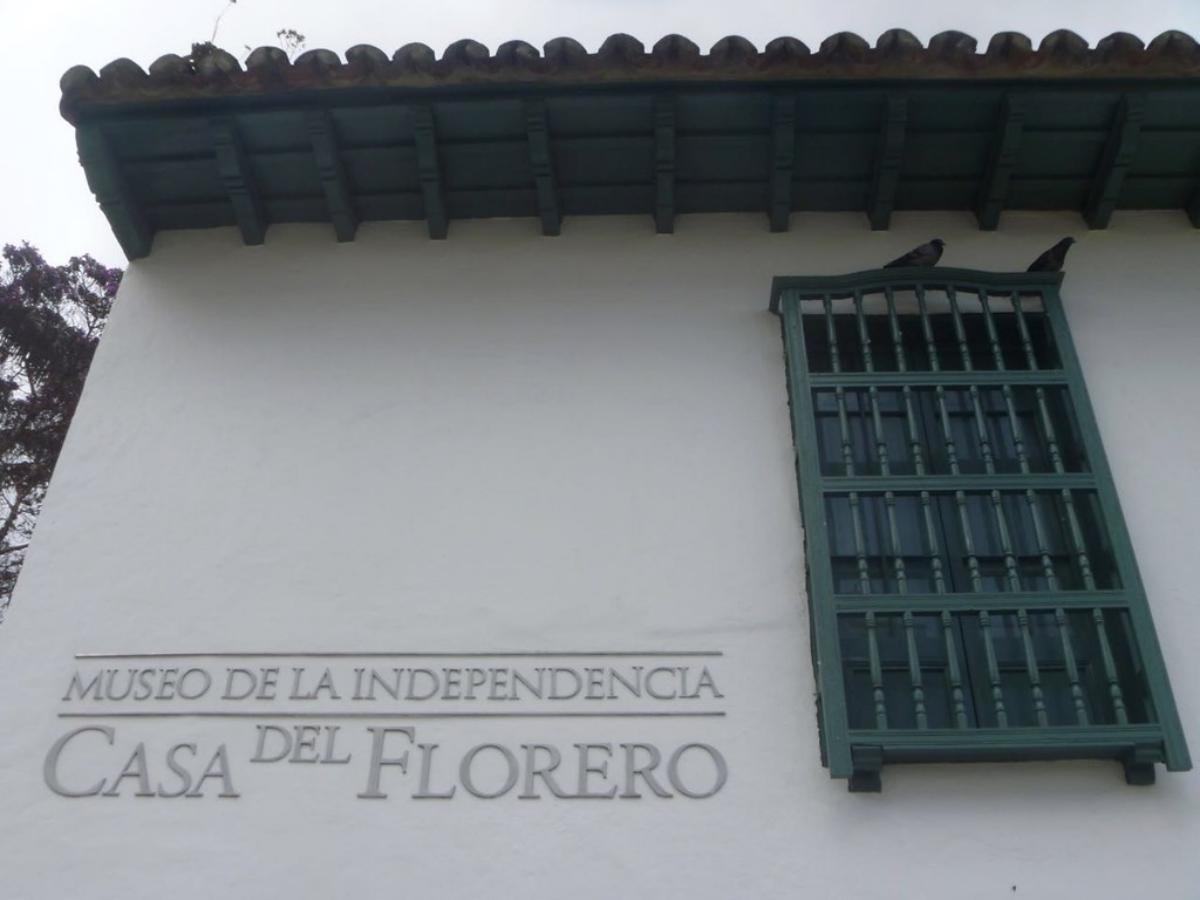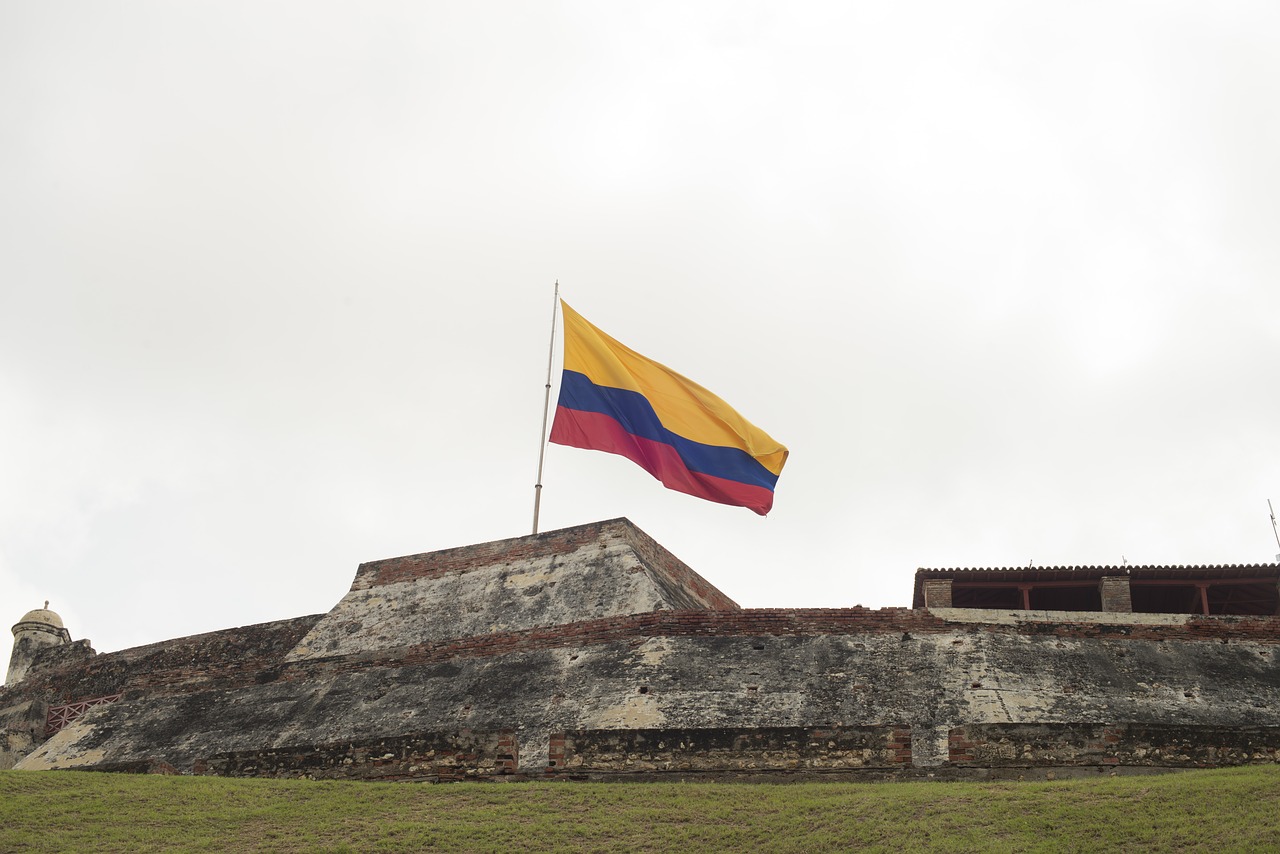
Signature of the Act of Independence of Colombia, oil by the painter Coriolano Leudo
The official date of the declaration of Independence of the Republic of Colombia It is July 20, 1814. However, the signing of the document that led to the creation of this new State is only the starting point of a process that lasted for more than a decade.
This historical epoch ranges from the first anti-colonial movements that were born in the early nineteenth century to the establishment of the new republican order and the definitive end of Spanish colonial rule. Basically, Colombian independence was forged in the period that goes from 1810 to 1824. We explain the historical events and the most curious aspects of this time details below:
The independence processes of the Spanish territories in America were inspired by the Enlightened and liberal ideas of the XNUMXth century and in the great revolutionary processes of the time, especially the Independence of the United States (1776) and the French Revolution (1789). Its main antecedent is found in the Insurrection of the Comuneros against the abusive policies of the viceroy in 1781.
The invasion of the Iberian Peninsula by Napoleonic troops in 1808 plunged Spain into a great crisis. Following the model of the metropolis, many cities of the viceroyalty were constituted Government Boards. Some of these Boards remained loyal to the crown, others instead manifested their aspirations for self-government from the beginning, seeing in these historical circumstances the opportunity to achieve their objectives.

Florero House - Museum of Independence, in Bogotá
The beginnings of the Independence of Colombia: La Patria Boba
Until its independence, the Colombian territory was included in the Viceroyalty of New Granada, which also included the current states of Ecuador and Venezuela. This first phase of the incipient new Colombian state is known by the name of Motherland Boba, characterized by being a turbulent period and full of conflicts.
The so-called incident of Llorente vase in the year 1810 it is considered the event that ended the existence of the viceroyalty.
The Llorente Vase
This seemingly banal historical episode ignited the spark of independence. The Spanish merchant Jose Gonzalez Llorente refused to lend a vase to criollos (American of European origin) that was to be used in the as the visit of the regent Antonio Villavicencio, supporter of the independence cause. This disagreement was used to channel the discontent of the Creoles and exalt the revolutionary spirit and proclaim a new Government Junta led by Jose Maria Pey de Andrade.
La Vase House, where it all happened, currently houses the Museum of Independence.
United Provinces of New Granada
In 1812 the birth of the Republic of the United Provinces of New Granada, embryonic state of the future Colombia. This republic, with a federalist vocation, was opposed by the supporters of the new nation being constituted as a centralized state.
The disagreement led to a civil war between federalists and centralists. The conflict lasted until 1815, when both sides decided to join forces in the face of the threat of royalist troops, who wanted to restore Spanish rule in the region.
Spanish reconquest of New Granada
When Ferdinand VII managed to restore order in Spain, sent to American lands to Paul Murillo, called "the Peacemaker", with the mission of reconquering the viceroyalty.
During this military campaign the city of Cartagena de Indias suffered a siege that lasted 102 days before falling into Spanish hands.
The military defeat of the independentistas was followed by a harsh repression known as the Regime of Terror, which resulted in numerous arrests and executions.
The Liberation Campaign and the definitive Independence of Colombia
After the Spanish military intervention, the independentistas took a while to reorganize. But in 1818 the Liberating Campaign under the command of Simon Bolivar, which was assisted by the British. The campaign culminated in the Boyaca's battle (1819), with the definitive defeat of the royalists, forced to withdraw to Cartagena de Indias.
Bolívar entered Bogotá on August 10, 1819. From then on, from the capital of the new independent Colombia, military actions were coordinated to put an end to the last pockets of Spanish resistance.
